
Preserving dehydrated fruits offers numerous choices and methods, but moisture content is a crucial factor to consider.
Fruits with low moisture, such as apples, pears, and berries, can last up to six months if stored in an airtight container in a cool, dry place.
Alternatively, you should consume high-moisture fruits like bananas and citrus within three months or frozen for long-term preservation.
2. Vegetables
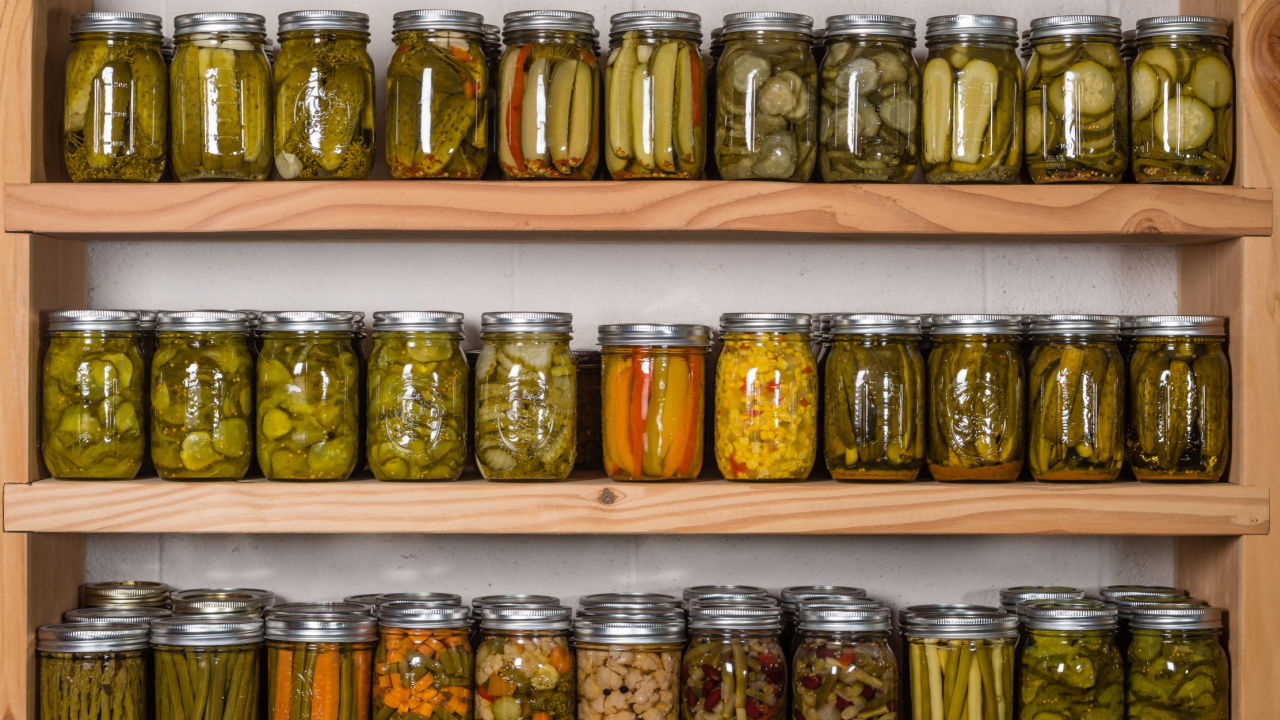
Similar to fruits, the moisture content of vegetables plays a significant role in storage longevity.
Low-moisture veggies such as carrots, peas, and beans can last up to a year when stored properly.
You should eat high-moisture vegetables like tomatoes or cucumbers within six months.
3. Meats

Dehydrated meats are popular for camping and survival kits due to their lightweight and long-lasting properties.
When properly dehydrated and stored, meats can last up to a year, making them an excellent option for long-term storage.
4. Grains and Legumes
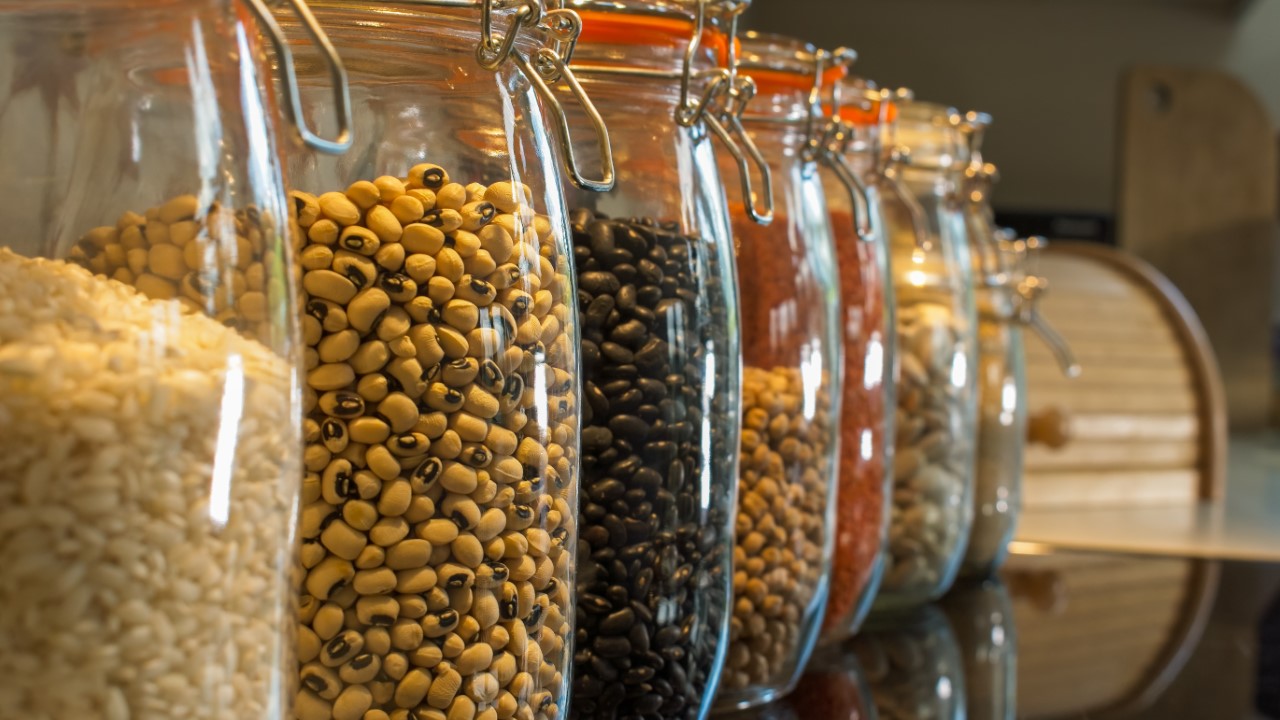
When stored properly, whole grains and legumes such as rice, oats, beans, and lentils have a long shelf life.
Seal and store them in an airtight container to last ten years or more.
Check for spoilage before consuming and grind grains into flour only when needed for freshness.
5. Pasta
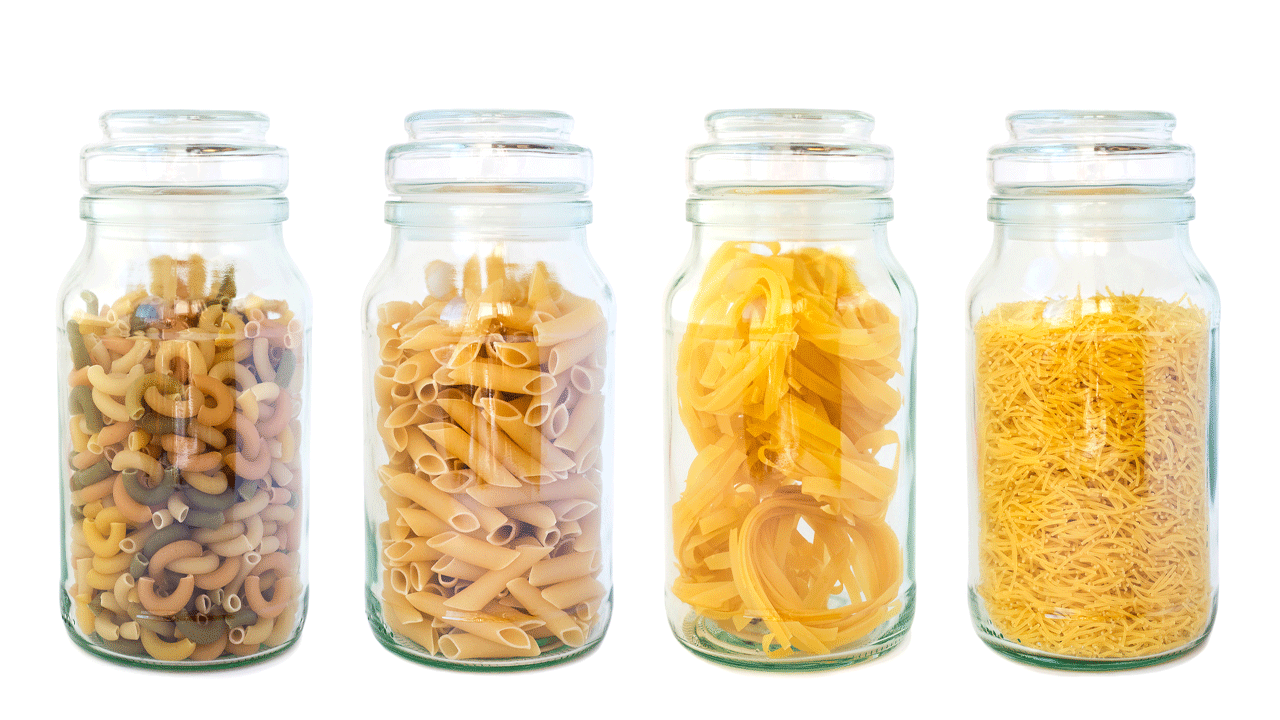
You can preserve pasta for extended periods by dehydration.
Dehydrated pasta can remain viable for 8-10 years when stored correctly.
When it is time to rehydrate, use hot water before cooking to restore its texture and flavor.
6. Herbs and Spices

Fresh herbs and spices enhance the flavors of our meals, but unfortunately, they don’t last long.
However, there’s a simple solution: dehydrate and store them in airtight containers, significantly prolonging their shelf life.
Properly dried and stored herbs can remain flavorful for 2-3 years, while whole spices like peppercorns or cinnamon sticks can last even longer.
7. Foods You Shouldn’t Dehydrate

Certain foods like avocados or watermelon should not be dehydrated.
You should not dehydrate other foods, such as high-fat meats, dairy products, and foods with high moisture content.
Researching safe dehydration foods is crucial before attempting the process because some foods don’t dehydrate well and can spoil rapidly, making them unsafe to consume. 8. Preparing for Dehydration
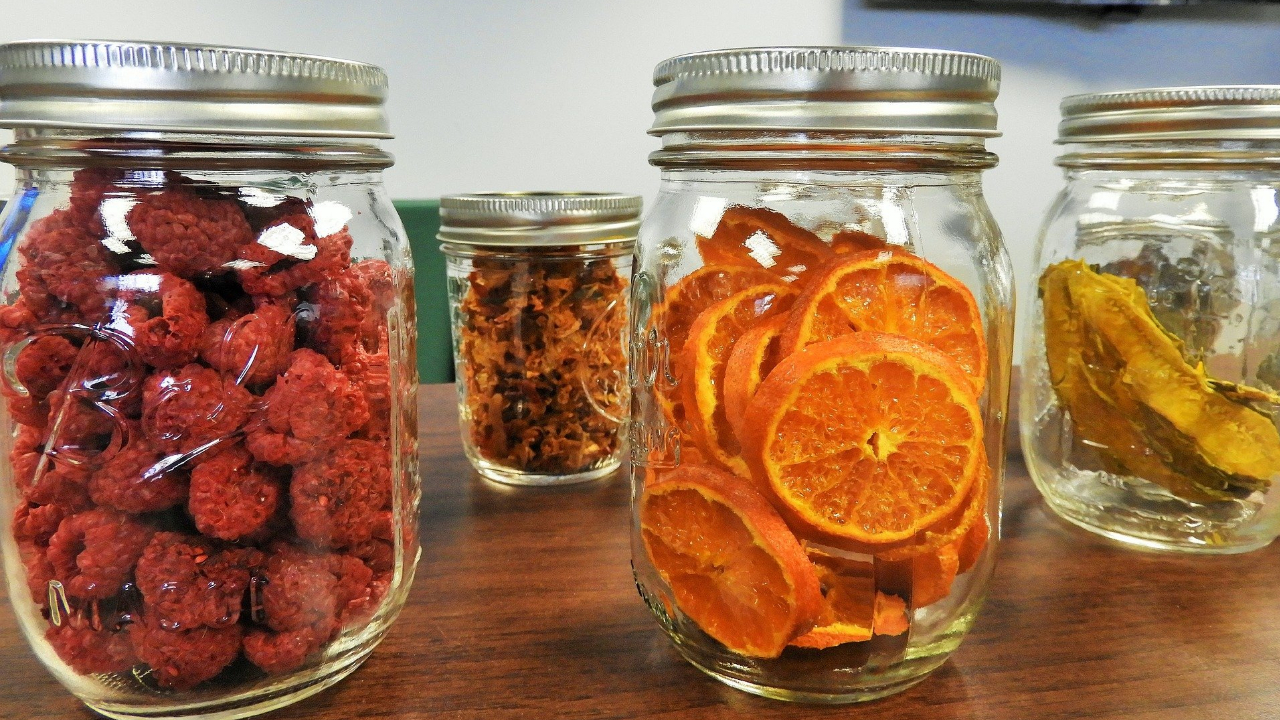
For the best results when dehydrating, start by giving all fruits, veggies, and herbs a good wash and dry to eliminate dirt or bacteria.
For meats, trim off any extra fat before slicing them into thin pieces.
These simple measures will help you achieve the absolute best outcome.
9. Prep Properly
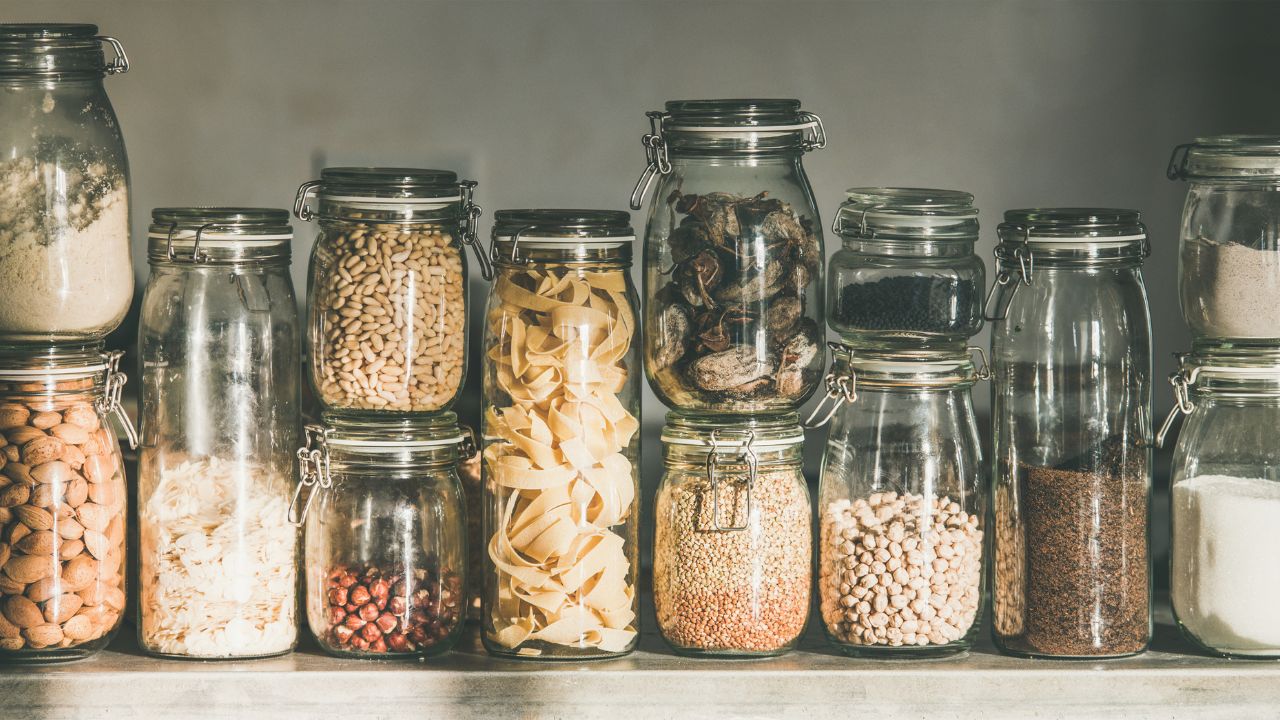
For optimal dehydrated products, proper preparation is crucial.
Slice ingredients thin and uniformly to ensure consistent drying time, preventing uneven hydration.
Marinating meats beforehand enhances flavor and prevents toughness after dehydration.
10. Conditioning Foods
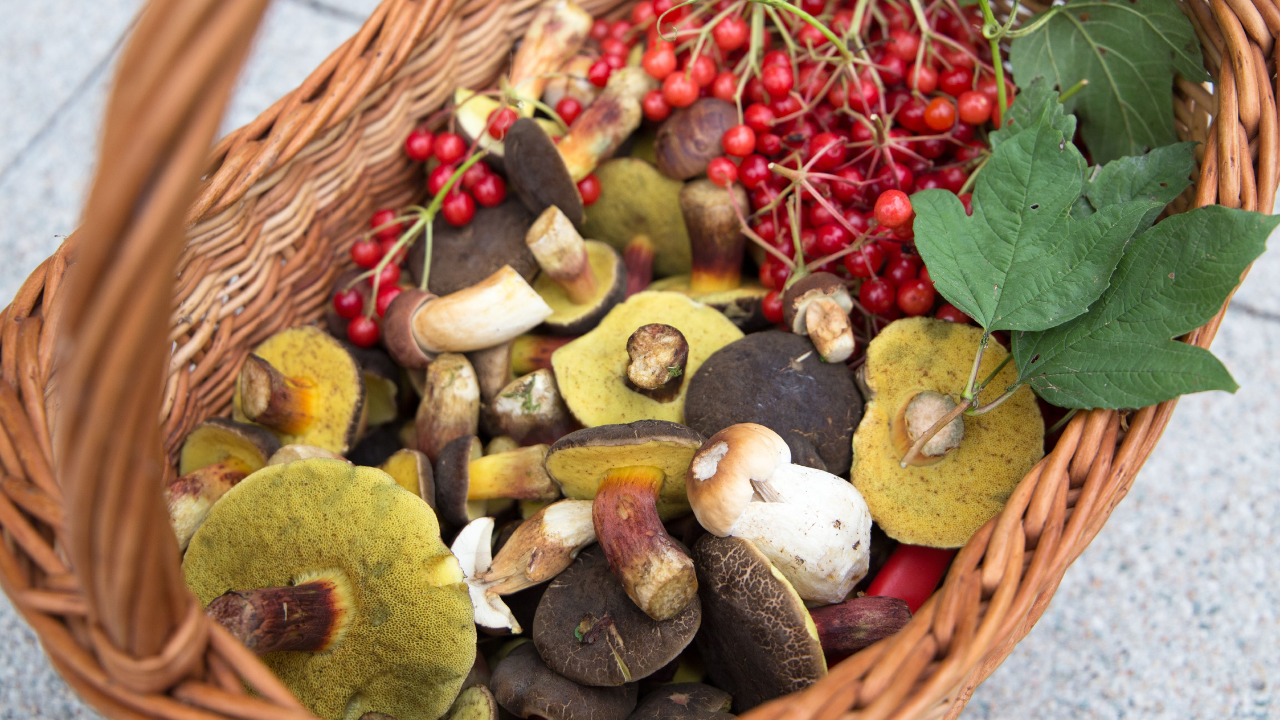
To maintain the quality of dehydrated foods, condition them before storage.
Place dried fruits and vegetables in an airtight container for about a week to distribute residual moisture evenly.
Heat meats on a baking sheet at 275 degrees for 10-15 minutes.
These steps ensure longer shelf life and enhance flavor when rehydrating.
11. Temperatures
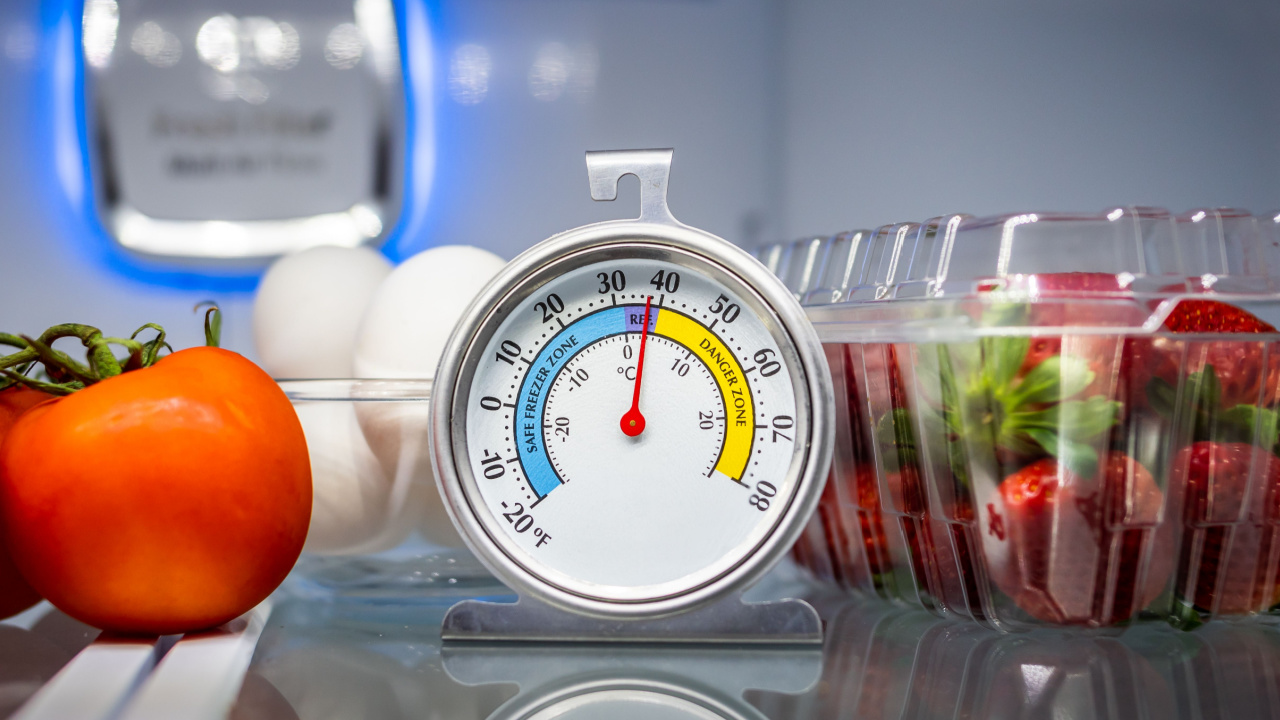
Proper dehydration temperatures are crucial to prevent spoilage and ensure food safety.
Fruits, vegetables, and herbs should be dried at 125-135 degrees Fahrenheit, while meats require 145-155 degrees Fahrenheit.
Many people recommend a food thermometer to monitor the temperature throughout dehydration accurately.
12. Canning Jars
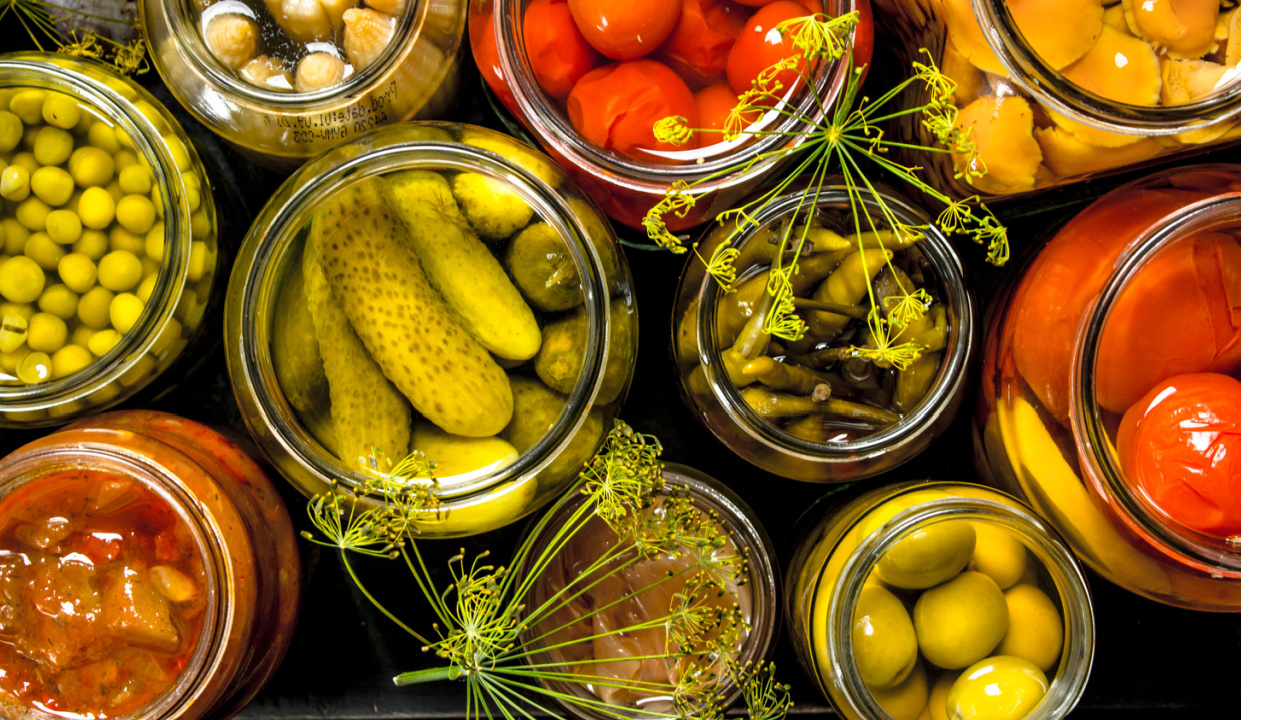
Once your food is properly dehydrated, storing it in airtight containers is essential to maintain its freshness.
Canning jars are popular; they provide an airtight seal and come in various sizes to fit your needs.
13. Plastic Containers

When using plastic containers, ensure they’re labeled as “food grade” to ensure the safety of storing food and prevent harmful substances from getting into your dehydrated foods.
Also, choosing BPA-free plastic containers is a good idea for even safer storage of your food items.
14. Vacuum Seal Bags
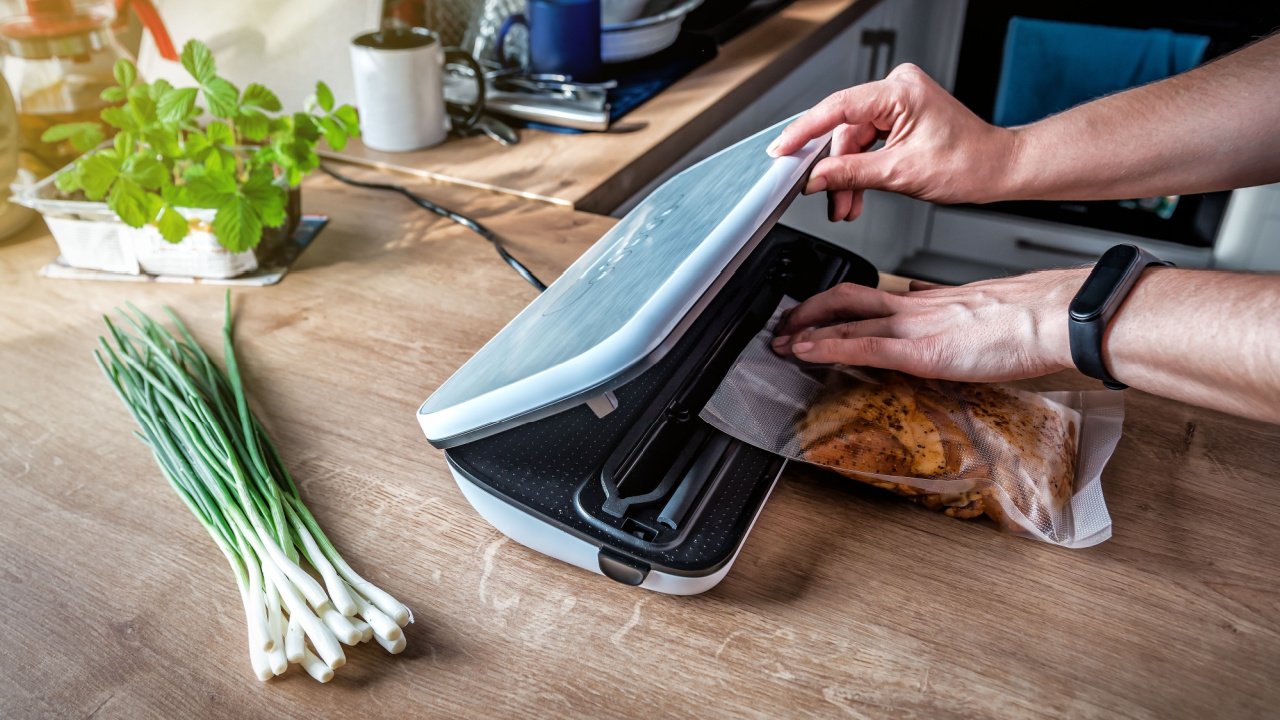
Vacuum-sealed mylar bags are a popular choice for storing dehydrated foods because they create an airtight seal and help remove excess air, extending the shelf life of your food.
These bags are also ideal for long-term storage, as they withstand extreme temperatures, protect against pests and moisture, and come in several sizes.
15. Oxygen Absorbers

To prevent moisture from ruining your dehydrated food, use moisture absorbers such as oxygen absorbers.
You can place these inside the storage containers or bags to absorb excess humidity and keep your food dry.
Remember to regularly check and swap out these absorbers since they have a limited lifespan and will eventually need replacing.
16. Desiccant Packets
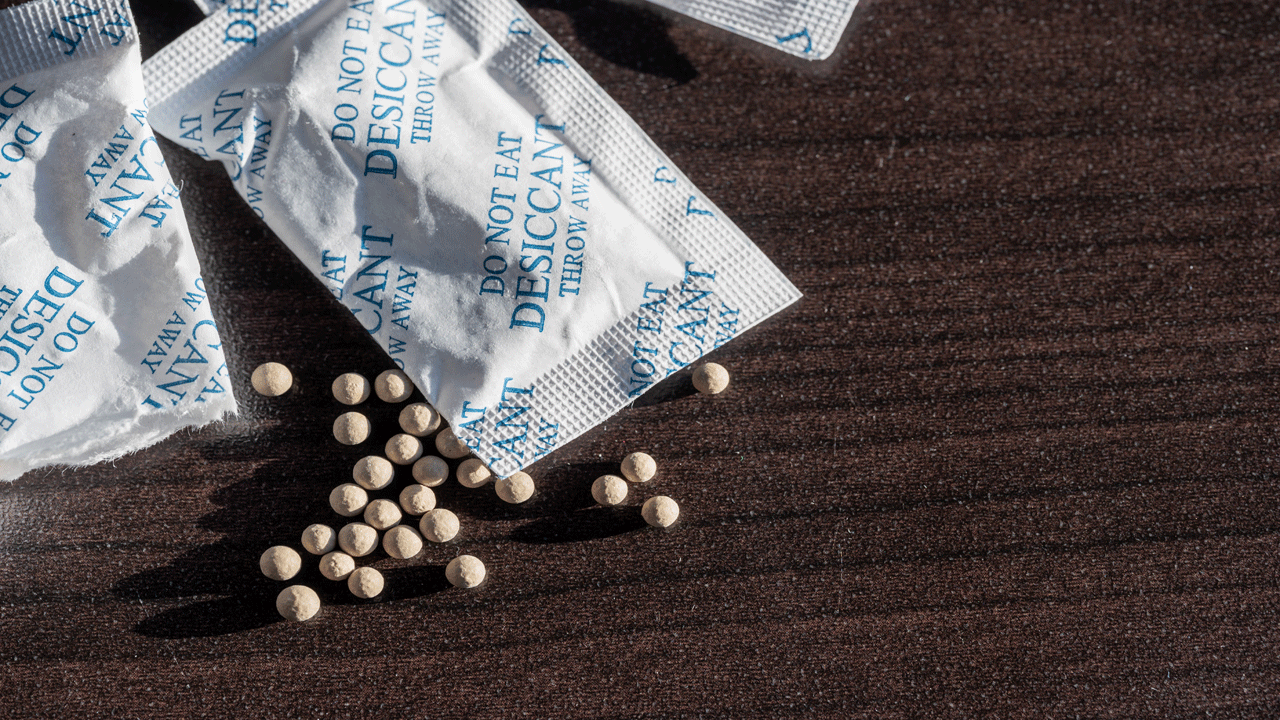
Another option for absorbing moisture is using desiccant packets.
These small packets contain silica gel or other drying agents that help keep your food dry and free from mold or bacteria.
Just like the moisture absorbers, replace these regularly to maintain their effectiveness.
17. Light Protection

In addition to moisture, you also need to protect your dehydrated food from light because exposure to light can cause the breakdown of nutrients and decrease the shelf life of your food.
To prevent this, store your food in opaque containers or bags that block out light and
use aluminum foil or dark-colored plastic wrap to cover any transparent containers.
If using glass jars, store them in a dark place such as a pantry or cabinet.
18. Temperature Of Storage
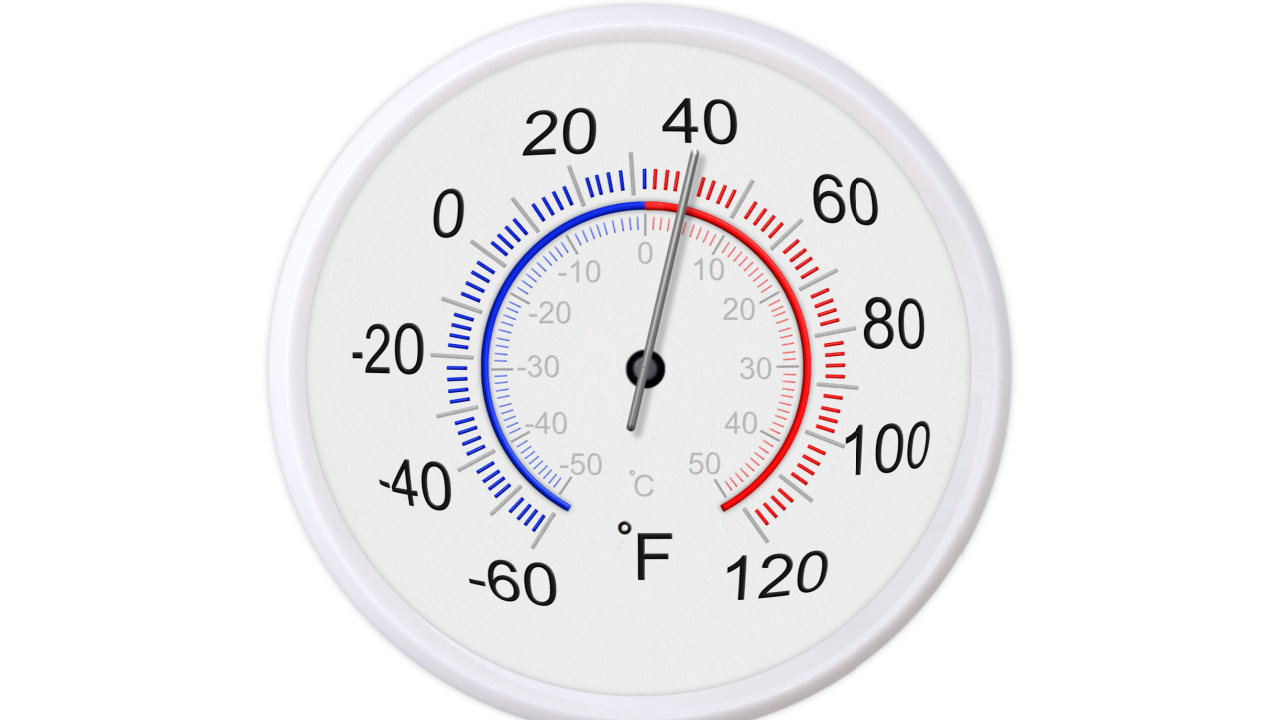
The temperature at which you store your dehydrated food is crucial in maintaining its quality and longevity.
Ideally, you should store them in a cool, dry place with a constant temperature between 50-60 degrees Fahrenheit.
19. Monitor

It’s important to regularly check your food containers or bags for any signs of damage, like tears or broken seals.
This can be a common problem with plastic bags or containers and can cause moisture to get into the food, making it spoil.
If you see any damage, immediately transfer the food to a new container to avoid additional contamination.
20. Rotate Regularly

It is advisable to rotate your stock regularly to maintain the freshness of your dehydrated food.
Consume the older batches before their expiration and replace them with newer ones to ensure the longevity of your food supply while enjoying optimal taste and quality.
21. Label Everything
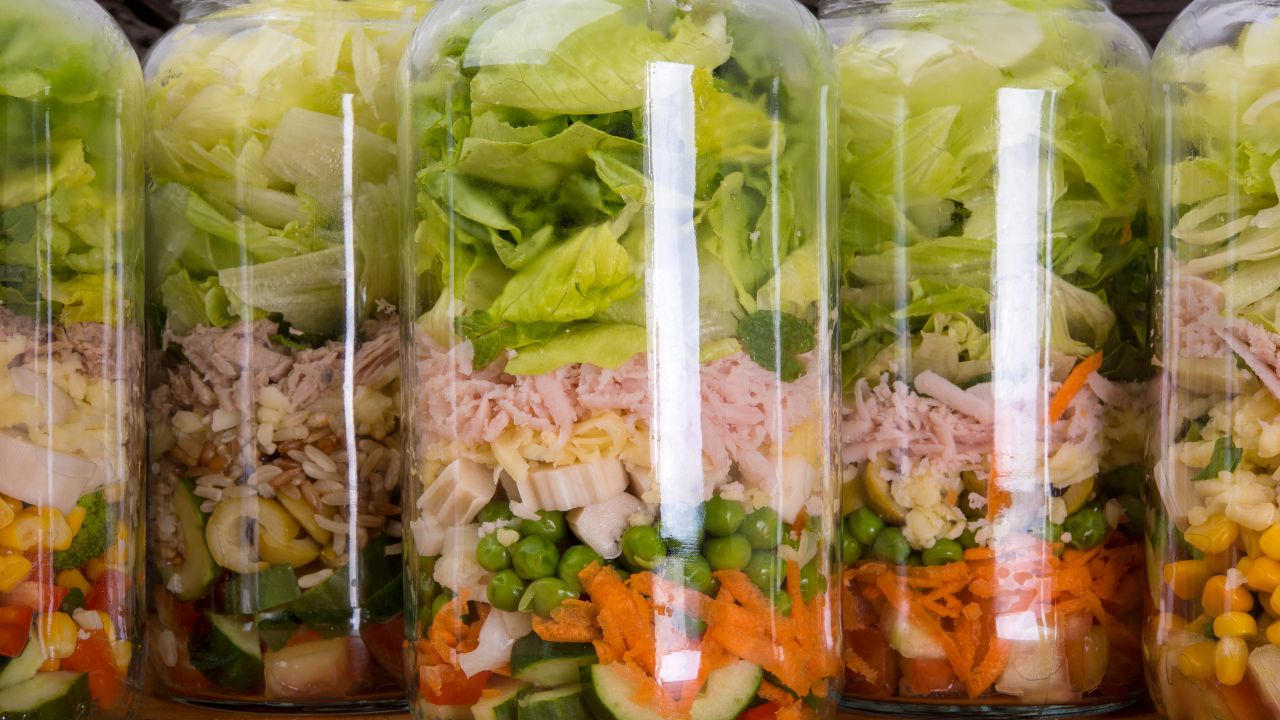
When dehydrating different types of food, it’s important to label everything clearly to help keep track of what foods you have and in which container when they were dehydrated.
It’s also helpful to include the expiration date on each label so you know when to rotate or replace the food.
22. Freezer Or Pantry
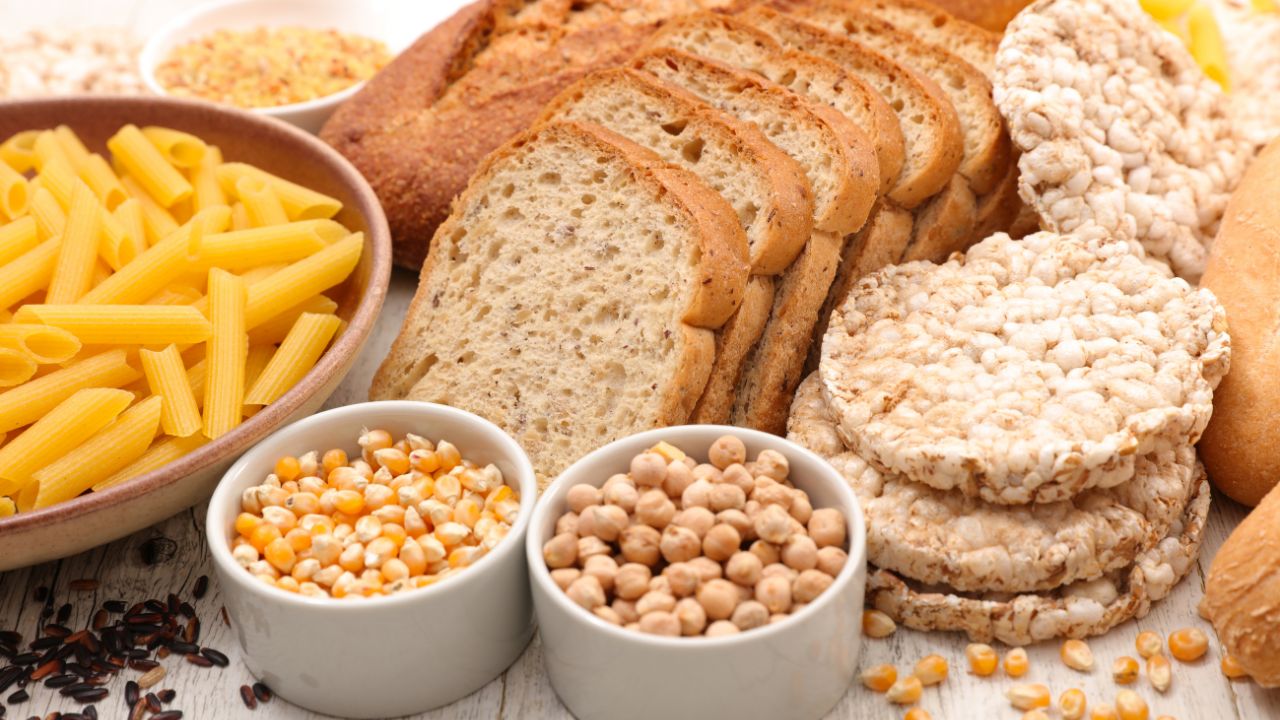
Some prefer freezing over dehydrating food, as it extends shelf life, but if freezer space is limited or not preferred, the pantry works, too.
Just ensure the containers are airtight and away from heat and moisture.
Fruits and veggies last six months to a year in the pantry, while meats and dairy should last 2-3 months.
However, freezing can add 6-12 months to these shelf lives.
20 Crucial Supplies for Surviving a Societal Collapse

In the face of uncertainty, being well-prepared gives you at least some degree of control and security. The thought of a societal collapse, while extreme, prompts us to consider how we might endure without the conveniences of our current lifestyle. Here’s a list of 20 essential items that could prove indispensable in such a scenario. This guide isn’t about succumbing to fear but embracing preparedness and resilience.
14 Essential Canned Goods for Your Emergency Pantry
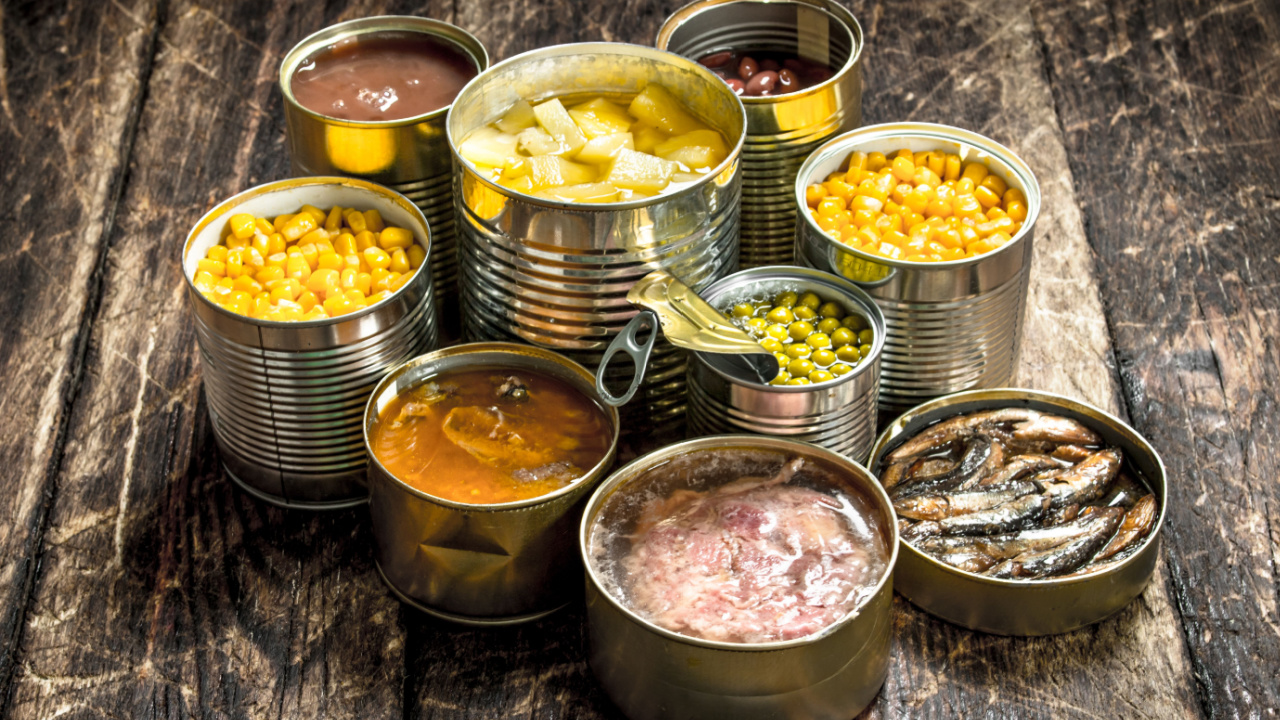
I firmly believe in keeping a well-stocked emergency pantry. While fresh food is ideal, in a survival situation, we may not be that lucky. So, for my family, even though we grow a lot of our own food, canned goods play a crucial role in emergency preparedness. They offer a reliable source of nutrition when access to fresh produce may be limited. The goods you stockpile should be affordable, easy to store, and full of nutrition.
Best Regions in the U.S. to Escape to When Society Collapses

Choosing a refuge in the event of societal collapse involves weighing the pros and cons of each location against your personal preparedness goals and abilities. Whether you’re drawn to the solitude of the desert or the protective heights of the mountains, the key is finding a place that offers safety and the opportunity for growth and renewal.
